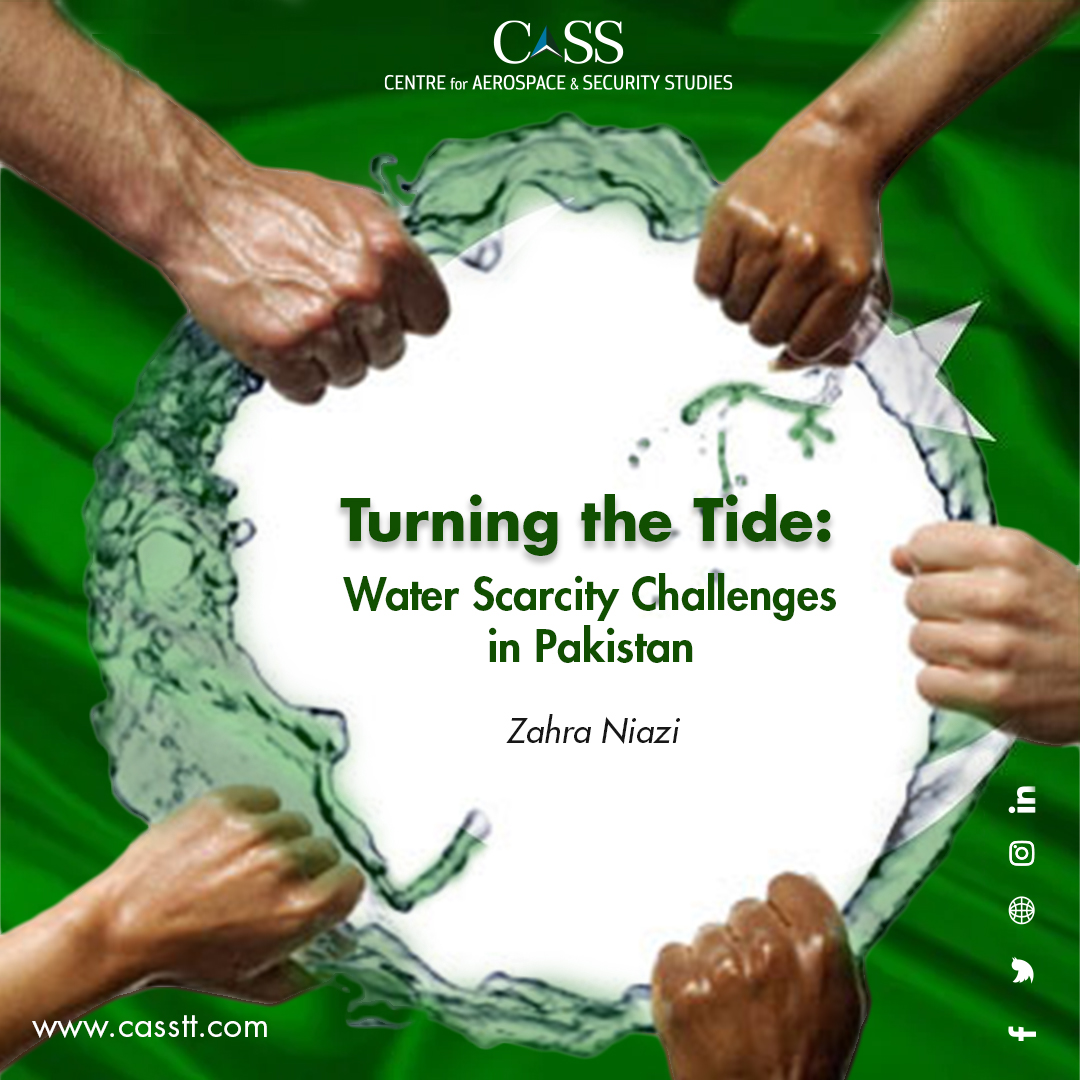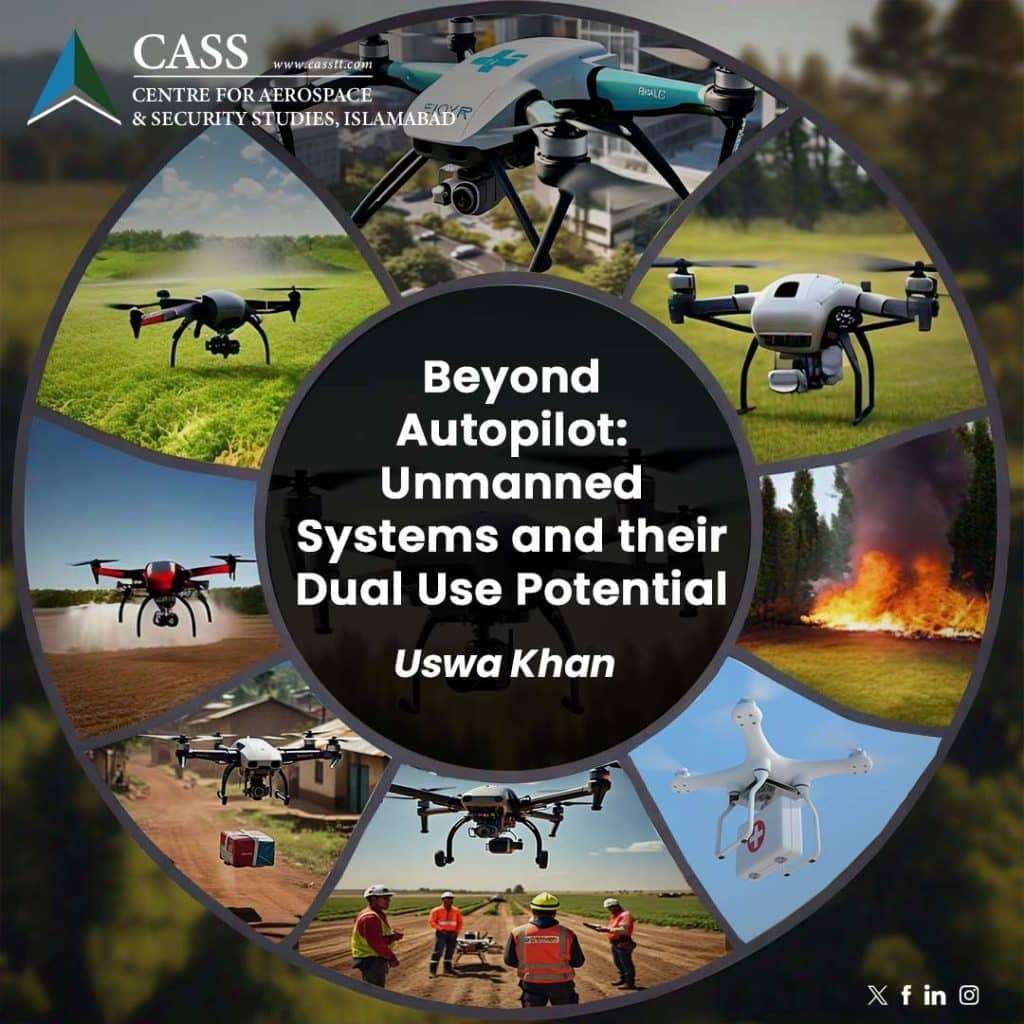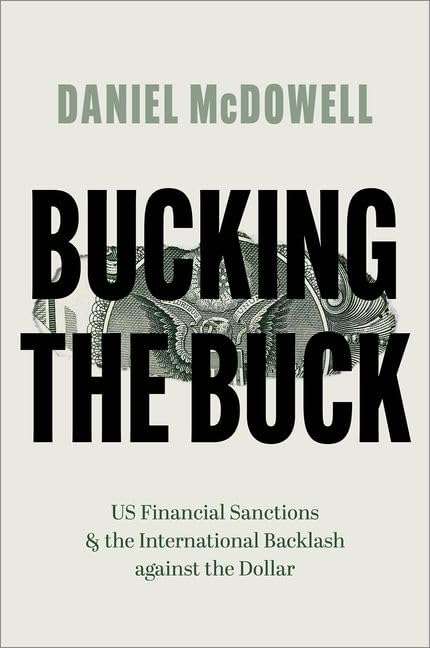Water scarcity is undeniably among the most enormous challenges facing mankind today. In Pakistan, this threat remains especially pronounced given the country’s recognition as the front-line nation in terms of vulnerability to climate change, coupled with the rapid population growth and the inefficient management of water resources. To put the severity of the threat into context, recent reports suggest that the national water shortage reached 51% by the end of April 2022 – much higher than the 29% figure calculated earlier. Moreover, per capita water availability in the country declined to less than 1000 cubic meters (m³) in 2022 from 5,200 m³ in 1947. In these circumstances, experts warn that Pakistan may become absolutely water scarce by 2025.
In Pakistan, water scarcity has external as well as internal roots. While climate change is one of the major external factors that contributes a great deal to water scarcity, the country’s water woes can also largely be explained as a product of an inefficient water management system and practices. First, Pakistan has inadequate water storage capacity which leads to wastage of water surplus, such as during monsoon and heavy rains. The average water storage capacity in the rest of the world is 40%, whereas Pakistan possesses the capacity to store 10% of its annual river water flows. In 1976, this capacity stood at 16.26-million-acre feet (MAF); today, it has declined to 13.68 MAF, due to gradual silting and sedimentation in major dams. A capacity of 13.68 MAF implies that Pakistan can only store water for 30 days.
Inefficient management of water adds to the menace of effluents from industries, agricultural activities, and urban areas drainage into freshwaters in large amounts. Wastewater treatment facilities are almost negligible or outdated. In Pakistan, only 1% of wastewater from industries is treated before being discharged. Additionally, approximately 70,000 tonnes of pesticides and 5.6 million tonnes of fertilizer are employed for agricultural purposes each year – a large amount of which then contaminates ground and surface water. Evidence suggests that Karachi and Islamabad are the only two cities that have biological water treatment facilities and that too only functional to a limited extent, such that they can treat 8% of Pakistan’s wastewater at most. Thus, it comes as no surprise that only about 56% of the population has access to reliable drinking water.
Moreover, water-use practices in the country remain inefficient. For instance, the method of transplanting rice (growing rice seedlings in a nursery and transplanting them into standing water) is a widely employed practice. However, it consumes as much as 15.3% more water in comparison to the method of direct seeding. Similarly, flood irrigation remains the dominant irrigation practice in the country.
While some Pakistanis are gradually adopting judicious water usage practices for watering gardens, washing cars, bathing etc. This is primarily true for households in major cities, which are directly facing shortages. In areas that have not yet begun to experience substantial water shortage issues, usage remains inefficient and unproductive. To make matters worse, groundwater extraction continues unchecked. Case in point, groundwater level in Lahore alone has declined from 23.226 meters in 1990 to 50 meters today.
It is high time that all stakeholders in the country recognise the criticality of effective water management if we are turn the tide vis-à-vis the challenge of water scarcity. Solutions and policy measures are indeed many and already outlined in the National Water Policy of Pakistan (NWP). The NWP was launched in 2018 and was a welcome step delineating the government’s commitment to combating water scarcity. Efficient management of water resources is at the heart of the policy framework which calls for regulating groundwater withdrawal, handling industrial effluents and wastewater, using flood water in useful ways, promoting water conservation practices, among other relevant objectives. All stakeholders ranging from federal ministries and provincial bodies to civil society, NGOs, and research and development organisations need to be brought under one umbrella where they can identify opportunities for collaboration and determine their respective responsibilities vis-a-vis the policy measures outlined in the NWP. This should be followed by establishing a national Monitoring and Evaluation (M&E) system that can track progress and activities of numerous stakeholders. Moreover, Pakistan will have to continue to leverage financial support from the international community and local donors/diaspora to achieve NWP goals, which demands the development of a comprehensive resource mobilisation strategy.
Finally, and above all, each of us as Pakistanis, must embrace public consciousness and recognise that we can play a decisive role in turning the tide vis-à-vis the challenge of water scarcity facing the country.
Zahra Niazi is a Researcher at the Centre for Aerospace & Security Studies (CASS), Islamabad, Pakistan. She can be reached at cass.thinkers@gmail.com.




